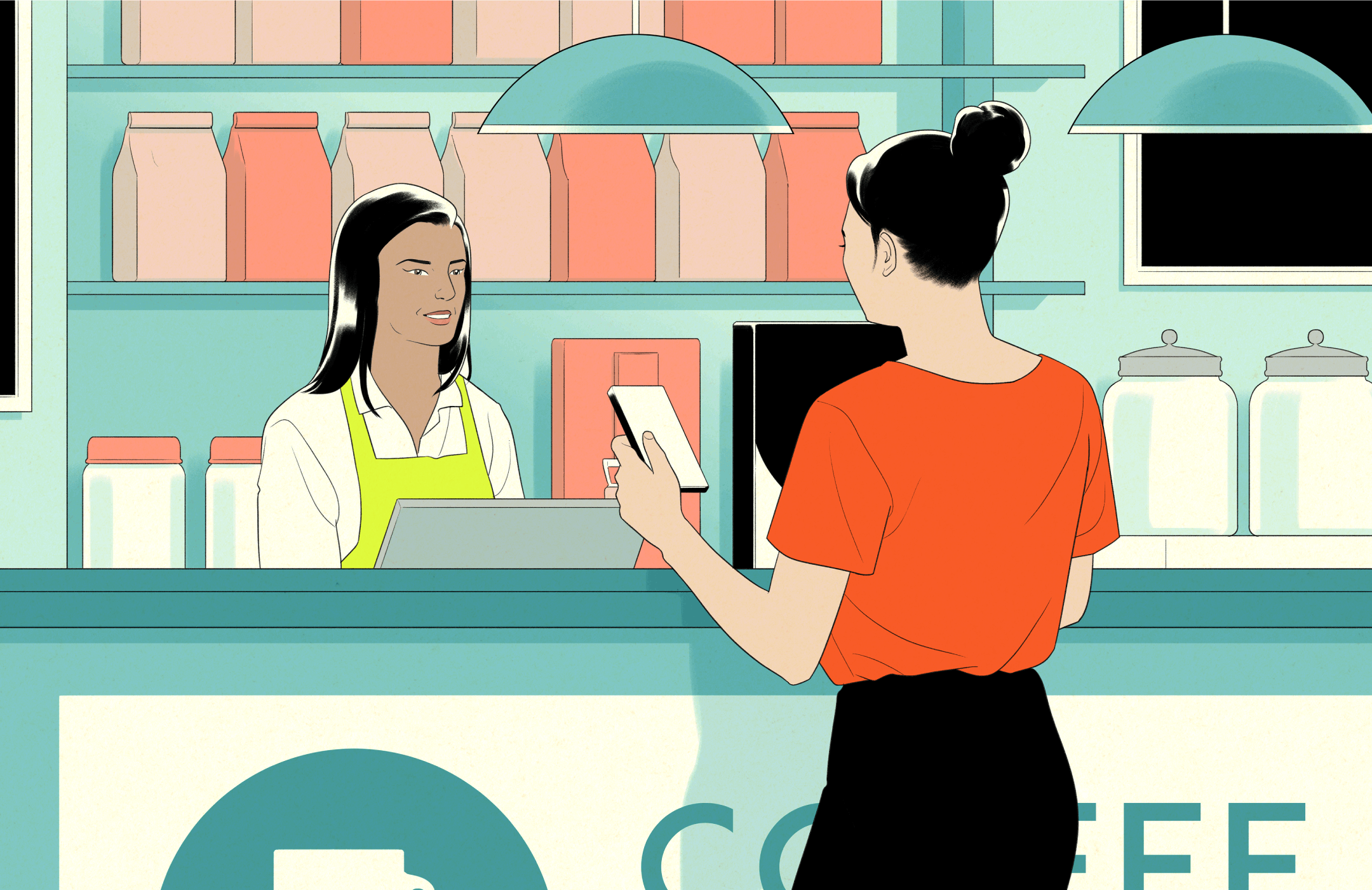A unified view of the customer merges all the data you have on all your customers into a single comprehensive record for each person, compiling their full history with the brand to give a picture of their preferences and tendencies. Given rising consumer expectations for seamless experiences together with decline of third-party cookies, this kind of a deep understanding of the customer and their journey is becoming essential.
Grocers are unique because they own the customer experience over the entire shopper journey and have direct access to online and offline data, including loyalty programs, third-party grocery delivery data, credit card information, and email engagement. But that data is only half the puzzle. It allows grocers to meet their customers’ needs to a point — but if they can’t combine internal data with external sources like social media, local events, or what their competitors are offering, they only have a partial understanding of what their customers need.
With an incomplete view of their customers, grocers cannot effectively personalize offerings, build the most successful marketing campaigns, or deliver exceptional experiences to their buyers.
The fallout of a partial view
Without fully understanding your buyers, you don’t know what they respond to and what turns them off. Sunrise Foods wants to start stocking higher end ingredients and products to compete with other gourmet markets. They run ads promoting their new fancier options and offer discount coupons. But, despite some great creative and attractive savings, the promotion isn’t as successful as they hoped. If they could have dug into the data, they would have learned that most of their shoppers tend to buy no-frills staples in higher bulk with a focus on easy-to-prepare food for kids.
Since Sunrise Foods only had a partial view of their customers and didn’t have visibility into their buyer preferences like demographics and purchase history, their new offerings didn’t appeal to buyers. If you don’t know what your customers respond to, it’s hard to bring in new shoppers, let alone keep them.
Without a unified view of the customer, companies waste money on ads with inaccurate targeting. And since they don’t fully understand their buyer, they also run the risk of disappointing customers by sending them irrelevant or duplicate marketing. The effects trickle down to the employees as well — it’s hard for marketers or customer service representatives to do their jobs well if they can’t trust the data they receive.
A complete view = a new hope
How would it look like if Sunrise Grocers had a 360-degree understanding of their customers?
Sunrise Foods has pored through their data and found that most of their locations service parents with younger families. But they have a few locations that serve older communities with shoppers who are less focused on buying at a discount. So, rather than stocking higher-end ingredients in all their stores, for the areas with the young parents they buy more meal kits, pre-made sauces, and microwave meals, then try rolling out the gourmet products at select locations where the data indicates a more receptive audience.
By having a complete view of their customers including purchase history, demographics, and discount sensitivity, Sunrise Foods increased customer engagement and boosted satisfaction and revenue. Cohesive and accurate first-party data improves retail success and allows businesses to reach hyper-targeted audiences at the point of purchase — for example, offering discount coupons to shoppers who like to purchase during sales or bulk purchase coupons for buyers with families.
A complete view of their customers also helps grocers build more robust business partnerships with retailers. When grocery stores and brands come together to share data in a regulatory-compliant way, they can access customer insights that give them a significant advantage over competitors while providing excellent customer experiences and boosting loyalty.
Building the full picture
Grocers with a full view of the customer, an in-depth understanding of a customer’s purchase behavior and typical orders, and their preferred channels and modes of communication are perfectly positioned to drive efficient ad spend, personalize at scale, and improve loyalty programs.
But to build a unified customer view, grocers need to begin with a foundation of accurate data and the right technical tools to help them pull insights and create the best marketing strategies.
To learn more about how to build a complete view of our customers, check out our guide "How Grocers and Brands Can Harness the Power of a Unified Customer View."
